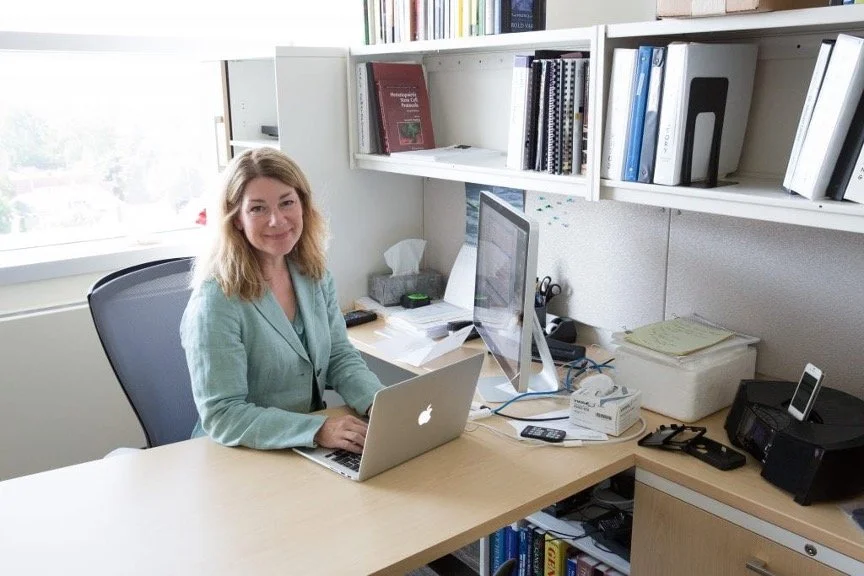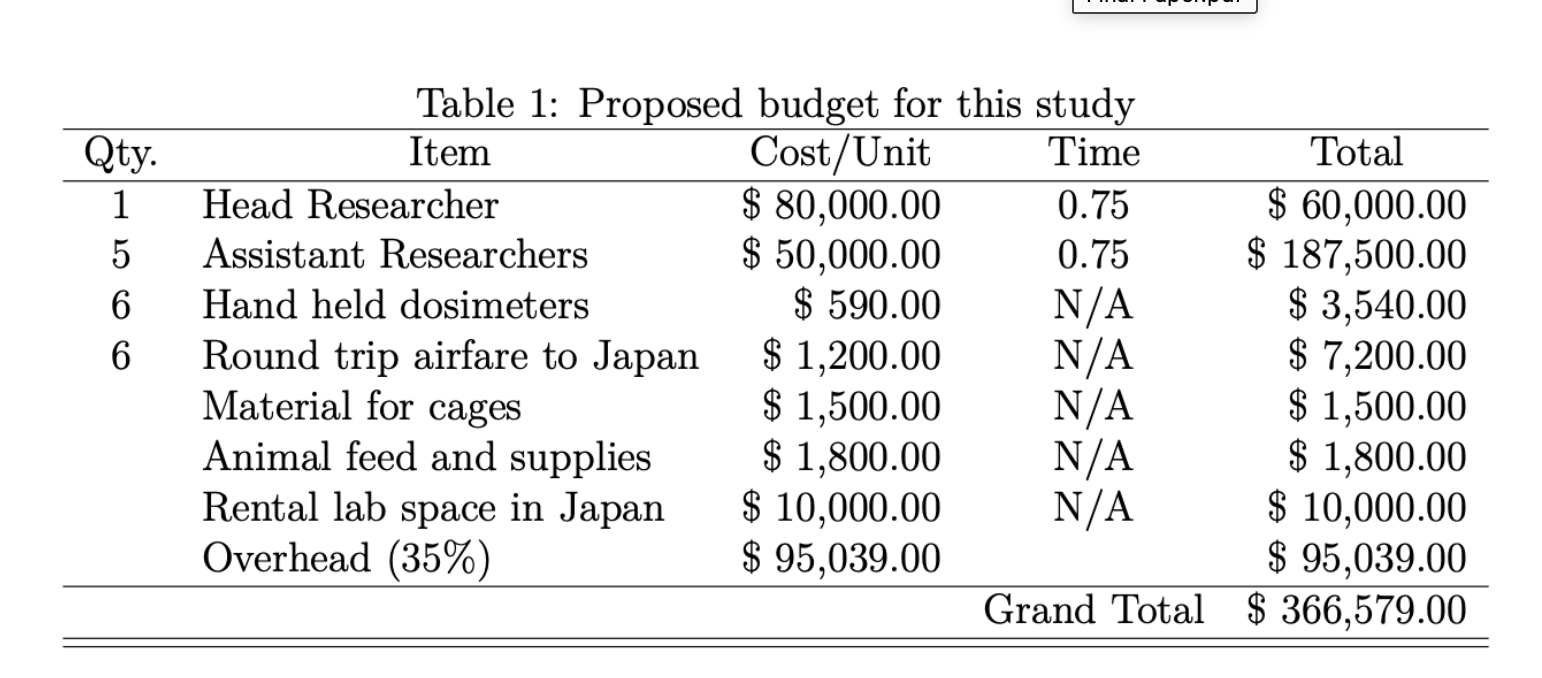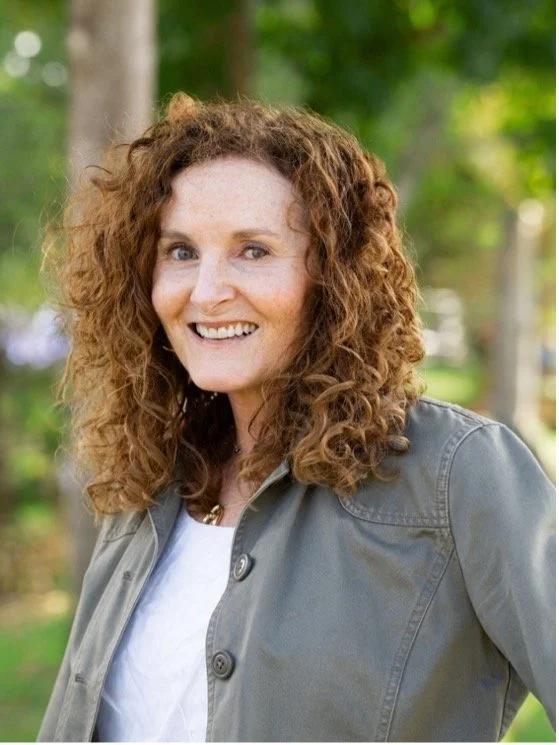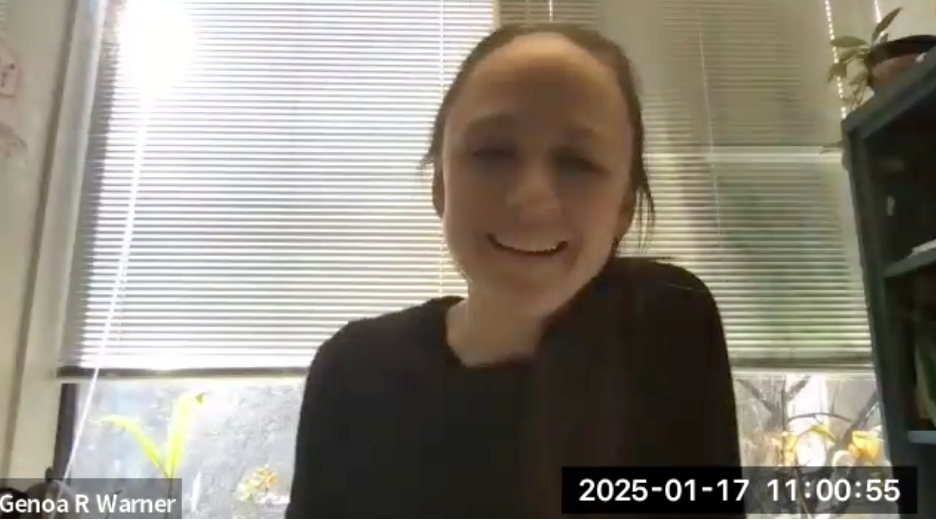Amy Kalkbrenner, PhD, MPH, Associate Professor at University of Wisconsin-Milwaukee’s School of Public Health, was kind enough to speak to me at the end of 2019, before I began the most recent book project.
https://sites.uwm.edu/kalkbrennerlabs/
Kalkbrenner reached out after reading a blog I had written for UCSF’s PRHE, and even before we talked, I could tell this was a person I would be glad to know. She is an environmental epidemiologist who focuses on accurately assessing how air pollution and other exposures can lead to autism. Her blog shimmers with intelligence and care for her work, for her students, and for the fate of us all, as we are immersed in a toxic miasma of 80-100,000 industrial synthetic chemicals. Some of the advice she gives her students is brilliant and memorable: “finish things; be courageous; share good news; write with respect.”
Talking to her, her voice and manner were as warm as her blog led me to expect. She lives in the woods with her husband and says she loves being with her dogs, walking in the woods, and cooking and eating food. This text has been edited for length and clarity.
JMK: When I first started investigating potential causes of my daughter’s cancer, when I realized the size of the problem and realized that no one was talking about it, I was baffled. There is nothing else I have ever studied where there is this huge gap between what scientists know and what the public knows.
You told me that you are a numbers and stats person who first got interested in this particular area of research while working with Bruce Lanphear on the effects of environmental chemicals on the brain. Tell me more about that; what clicked in place for you so that you wanted to do this for your life?
AK: I actually will answer your question, but first, I will just tell you that there are some similarities – that I am very motivated by this gap in awareness that you are pointing to. It’s interesting to me that you say that of all the things you’ve known, this gap is the biggest in public awareness and what’s going on in the science.
The other thing I am excited to talk to you about is what sort of resources you are in touch with and what some of your future goals are.
I spent my early life being very interested in science. I studied biology and psychology as an undergraduate and ended up working as a tech in a genetics lab – and I enjoyed that – but knew I wanted to pursue some sort of higher education. Then I discovered public health, which is another thing that I think people are just entirely unaware of, how much activity there is to keep everyone healthy that has nothing to do with medical care. Sometimes I draw a big circle for my students and say this is public health – all the things that affect your health – and then I draw a tiny little circle and say, this is medical care.
I got my MPH at UC Berkeley, and I studied Public Health nutrition because I just really love nutritional science and ended up morphing over to epidemiology. I felt pretty sure that I had hit an area that was a good fit for my interest and skills, which was nutritional epidemiology, and I got my master’s degree. I wanted to stop there – I didn’t necessarily plan on ever getting a PhD. And I worked as a study coordinator, or a project coordinator. That’s when I ended up working with Bruce Lanphear. So I didn’t come to him because of any subject matter fit, but really a skills-set fit: designing surveys, hiring and training interviewers, having people go out into the home to collect dust samples for environmental testing. I worked for Bruce for three to four years. And I realized I never had given much thought to environmental exposures. But the subject area really fit a particular interest of mine – which is in solving problems through large societal, systematic efforts rather than asking someone to change their behavior. I think that both are important. If you have someone whose diet needs to be improved, you can either say, “hey, eat more fruits and veggies,” or you can take the grocery store that is close to their house and change the grocery store so that the fruits and vegetables look much more appealing, so that they’re more cost effective. My heart is in solving problems in that way.
And I realized something. I realized that with environmental chemicals – it’s almost the only way we can solve this problem. With nutrition you can do it either way: you the individual person can eat more fruits and vegetables and change your behavior, or you can do these systematic changes for everyone, push them in a certain direction. But for environmental chemicals, there really isn’t an individual solution. You can’t ask someone to change their breathing so that you don’t breathe in as much air pollution. It was a fit for me to approach problems from a systematic, societal-wide method. I also felt like when it came to environmental chemicals contaminating all of us, that this was a situation where the deck is stacked on the side of the polluters; they have a lot of resources and a lot of things going for them. I wanted to be part of that counter-balancing side.
One thing I heard Bruce say just recently, and that I independently believe: it’s not that we scientists come to the table without any bias – it’s that we need to be very aware of and transparent about our biases. My bias is that there are environmental chemicals that are very harmful for us. Now, my bias is backed up by a lot of data, but I do come into this thinking that environmental chemicals are not just neutral. I do think that there are things out there that we don’t know about yet – or we don’t know about enough – that are very harmful for us.
One other thing about working with Bruce is that he let me be very independent, and he let me go as far as I could go. He was kind enough to let me have a leadership position on the study, with scientific and interpretive input. And I liked it. I realized I wanted more of it, and I wanted to be in the position that Bruce is in, coming up with ideas…. You know, actually, that’s not entirely true. I knew I wanted more, but I think I felt a little bit insecure about where I would eventually end up. But I knew I wanted to try at that time.
JMK: that’s a great thing to tell your students.
AK: Yes. It is – that’s a good point. Those are the kinds of things that working with Bruce helped me to be interested in and helped me decide that I did want to get a PhD.
JMK: I can see why that would be compelling – that you could get tools so you could do the work better. In one of your blog posts, you told your graduate students that they should cope by “finishing things.” What are you most proud of finishing?
AK: For a long time, I was quite consistent about publishing on the blog on Mondays. Now I have not for a month or more, and I’m trying to figure out what I’m doing with that blog. But I’m tickled you looked at it. What am I proud about finishing? So many things – honestly, every paper that’s finished is an accomplishment. And then, getting it published – that’s another accomplishment. Science requires so. much. persistence. You submit it to a journal, and you get a rejection – and then you submit it to another journal, and then finally you get the reviewers to review it, and they give you the chance to revise it, and then it’s usually accepted. Every single paper, I am proud of finishing. Every single grant I submit – even if it’s not funded – I have been proud of.
JMK: Among your impressive publications, is there one that was your finest?
AK: My two papers that deal with combined exposures both have to do with air pollutants called air toxics, composed of metals and volatile organic compounds. One of them is somewhat recent. I’m proud of things that deal with multiple, multiple pollutants. I just think it’s really important.
JMK: is it difficult to do the statistical analysis on that?
AK: It can be – I like to take a fairly simple approach to it and deal with it more conceptually. There is a lot of interest right now in the statistics for dealing with lots of chemicals at the same time that may be acting together. That’s a big area of interest of mine. I am working on a paper with colleagues that will become my favorite because we are using a statistical approach to show how you can evaluate a possible intervention without doing the intervention, how you can use a statistical approach to frame an intervention on multiple air pollutants at the same time and see what its impact on health would be. I just think that is very understandable and impactful. It’s a kind of statistical modeling called the Bayesian G-formula. The first author on this is Alex Keil, at the University of North Carolina. I know him from my doctoral studies.
JMK: You’ve worked on “getting the numbers right” for autism. What is your view about chief causes of the increase?
AK: I’m going to add a little bit of perspective: we know that there is an increase in diagnosis. One of the things that is important to ask is does that mean that there is an increase in people with certain kinds of symptoms, a real increase? Part of that might be better detection; we know that that is part of it. Believe it or not, I do not know if there is a real increase, after you account for better diagnoses. It’s incredibly tricky to figure out. If we could go back 10 or 30 years and really look, would we find the same number of people with the same symptoms, but maybe we called them quirky, maybe we called them other diagnoses? That is actually very hard to determine.
JMK: I know there have been studies that have shown correlations with pesticides…. What about epidemiological impacts with pesticides?
AK: Yes. There can be discrepancies between what you see at the population level and what you see at the individual level. Aggregate data may show things. I absolutely think the pesticides studies are fabulous and that there is very strong evidence that pesticides cause autism. I am intentionally and thoughtfully using that scary word “cause.” It doesn’t really matter if there is a recent increase. What we know is that there is a whole lot of ADHD and autism and intellectual disabilities, and so whether there is more now than 40 years ago isn’t the most important question. What exposures are contributing to the autism that is there? The studies I do could lead to primary prevention of autism. What that means is that if particulate air pollution really contributes to autism, if we reduce exposure, we will have fewer autism diagnoses.
On the other hand, I want to be very sensitive to people with autism. When I have had conversations with people with autism, I try to be very open and listen. This research is not necessarily attractive to people who have autism. I have a lot of experience with other types of brain function disorders – depressions and anxieties, different kinds of situations with my family. I am speaking personally here – I myself have had problems with depression and anxiety. If someone could tell me they could take that away, I would jump up and down and say thank you, fabulous! I recognize that there is a little bit of a difference with autism. Some people with autism see it more as part of their personality and part of who they are in the world. They don’t necessarily want that taken away. And again, I don’t have an answer, but I still do study causes of autism. Sometimes as researchers, we talk about reducing the morbidity of autism – or reducing the burden of autism – meaning maybe we are alleviating some parts of it that are difficult. But I am not an expert in terms of what it feels like to live with autism, so I feel like I can’t speak from that point of view.
JMK: It's interesting to think that we may not have good enough data to go backward. Going forward, if we keep diagnostic criteria consistent, should it be easier to see?
AK: Yes. That’s a really good question. The best data set we have as a nation is something called ADDM (the Autism and Developmental Disabilities Monitoring Network), and it’s a program of the CDC that has done autism surveillance for 15 years, every other year. It’s not nationwide; it’s very intensive, and so they have to recruit at certain sites. It was partly started to answer this very question: what’s going on? Is prevalence really increasing? If you look at the autism prevalence estimates, they have increased dramatically over time. So when they come out with a new prevalence estimate, people cite it as news. It was surprising to the research community that it kept going up. It was 1 in 68 last I looked. [It is now 1 in 36.] But there’s a problem. Because of resources – they do not go out and screen the whole population – they are reliant on the usual system to collect data. They call it active surveillance based on existing data. They review medical and educational records. Someone had to say, “We need to do an evaluation of this child.” Saying we need to evaluate a certain child is hugely influenced by society, social class, time, region of the country, whether they are a rural vs. urban area, etc. There are so many influences that this surveillance methodology can’t untangle.
JMK: If you were going to bottom-line this for people, what societal measures do you think would be most effective in preventing these health impacts?
AK: I believe in institutions like the EPA; I believe in scientific advisory boards that would convene and look at the scientific evidence to make scientific policy. This is the way we should want to do this. We should want to have the scientists and the policymakers get together, review the evidence, and set our policy. We do not do that. We have really gutted those processes. It’s worse than it was ten or twenty years ago.
JMK: Especially three years ago, right? [2019]
AK: Yes. I would restore the resources and the trust in those institutions that do this job.
JMK: What did you think of the situation before the current administration? Obviously, the Trump administration has gutted the advisory boards so that the EPA is almost the anti-EPA. It’s terrible. What did you think about the situation before that?
AK: I am going to plead a little bit of ignorance. I don’t think I have been as informed as I should have been. Or maybe not “should have been” because as a faculty member, you can’t know all things all the time, and I do really focus on the science. I am becoming increasingly interested in the policy side of things. Increasingly, I realize I really want my work to be used; I want my work to make a difference. I am on a learning curve, but I am better than I was three years ago. I am going to add that these advisory boards are so important, but societal knowledge about these problems is another thing I would change. There are some themes that I try to get in when I am able to talk to the media. There are about 100,000 environmental chemicals that are all around us – and we’re not talking three states away or across the ocean. They are not only in the room where we are sitting, but many of them are inside our bodies. I show people what we know about what is inside our bodies. People really don’t know this.
JMK: Yes – I startle my students by pulling up the CDC Biomonitoring Project and saying that sadly, not one of you will have a child born uncontaminated by hundreds of mutagenic, neurotoxic, and mutagenic chemicals. That gets their attention. It can be so shocking, and it’s hard to do much about it.
AK: I think it’s a disservice to people to give them really hard news without anything to look for hope – when we hear hard news and we don’t have some sort of hope, we just go into denial and push it away. I go to the birth of The Clean Air Act and the EPA in 1970 to show people how much air pollution came down. If we hadn’t done that, we would look like India or China now, and we don’t. We can do this; we can do better than we are doing now.
https://www.dailymail.co.uk/sciencetech/article-12186261/tktk-vintage-EPA.html
JMK: What is it you most enjoy about mentoring graduate students?
AK: It’s pretty simple: there’s only so much I can do in the world; by mentoring graduate students, I am magnifying that. I think that loving and helping people is so rewarding. I adore my doctoral students. I want to help them get where they want to go. It helps that they are fabulous – they’re passionate and brilliant; they’re burning with energy and trying to make the world a better place. And if I can have a role in helping that come to fruition….? How fun is that? And how rewarding?
JMK: For people interested in pursuing the environmental causes of disease, what do you recommend as far as a PhD in Epidemiology vs. an MD?
AK: I’m going to put it out there: PhD – because it takes a lot of training to understanding how to take observational human data and turn it into inference, and I think the commitment that is required to get a PhD is what is needed to do a bang-up job of that.
JMK: What do you like to do in your free time, what little there might be?
AK: [Laughs] I have free time. I am living in the woods with my family. My husband is starting a business that will be a retreat center, so I love being in the woods, I love being with my dogs, and I love cooking and eating food – those are the biggies.
JMK: Who do you think are the other most interesting people working in Environmental Health now? I would really love to do a book project around the unsung heroes of CEH and this obscure area of research we should all know much more about.
AK: I might recommend Beate Ritz at UCLA – she was one of the first to have an idea that air pollutants might affect things besides just lung. Now that I study air pollutants all over the body, I wonder why would we think that? It’s like thinking food only affects the digestive system. She really persisted even though she got pushback. Mark Weisskopf is a really great thinker – he’s at Harvard’s School Public Health.
JMK: Thank you so much for spending your time with me today.














